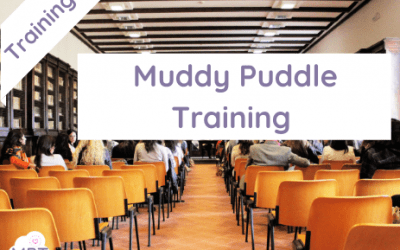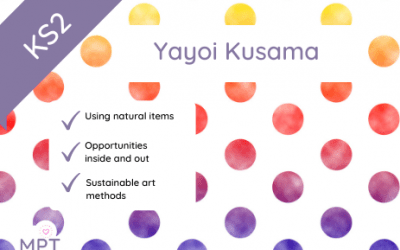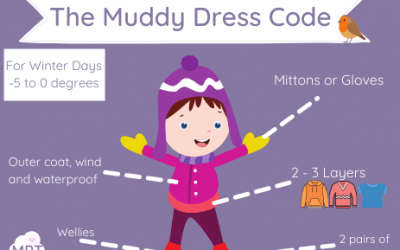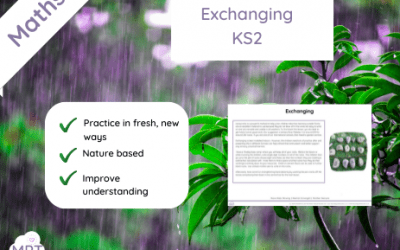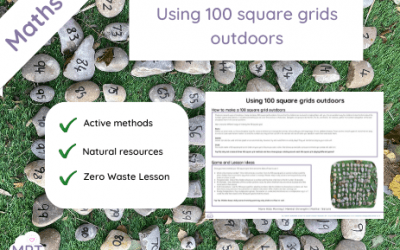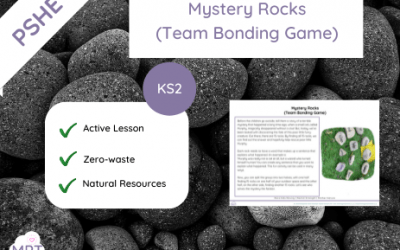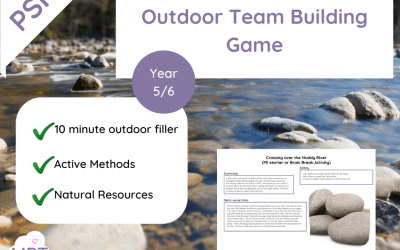Design a Wellington Boot
Jan 27, 2022
Design a wellington Boot, Use natural resources Get wellies in and decorate them, link it to DT and Science
Teacher Training Options
Jan 24, 2022
Face to Face Teacher Training OptionsCPD Accredited Muddy Teacher Training Whole School Option (up to 20 staff) for...
Cones Gine Wild (Outdoor Teaching Method)
Jan 12, 2022
This is an outdoor learning method whereby an objective is practiced or taught by creating a game situation whereby a...
Yayoi Kusama (Outdoor Learning)
Jan 10, 2022
Yayoi Kusama is a Japanese artist known as 'the princess of polka dots'. Although she makes lots of different types of...
The Great Muddy Christmas Party
Dec 13, 2021
The Great Muddy Christmas Party If you want to shake things up this Christmas and have a traditional Christmas Party...
What children should wear in winter
Dec 1, 2021
As the Norweigian's say - "There's no such thing as bad weather, only bad clothes" Going outside in all weathers...
Exchanging (KS2)
Nov 22, 2021
Exchanging (Maths) outdoor learning Using rocks is a powerful method to help junior children take their maths learning...
Using 100 square grids outdoors
Nov 17, 2021
How to make a 100 square grid outdoors There are several ways of creating a cheap and easy 100 square grid outdoors....
Children In Need : The Mad Cash Dash
Nov 17, 2021
Children In Need : The Mad Cash Dash This is a great event to also do as a whole school and add an element of...
Muddy Puddle Child Awards (Certificates Pack)
Nov 11, 2021
Muddy Puddle Child Awards (Certificates Pack) Reward the children's efforts outside! We are big believers in raising...
Mystery Rocks (Team Bonding Game)
Nov 10, 2021
⇒Use Mystery Rocks (Team Bonding Game) to take your children outside and allow some FUN time! ⇒Outdoor Learning Lesson...
The Golden Stick (Team Bonding Game)
Nov 10, 2021
The Golden Stick (Team Bonding Game)
Muddy Man Hunt (Team Bonding Game)
Nov 10, 2021
Muddy Man Hunt (Team Bonding Game)
Capture the Muddy Flag (Team Bonding Game)
Nov 10, 2021
Capture the Muddy Flag (Team Bonding Game)
Remembrance Day (Lesson Plan) Poppy Poems
Nov 9, 2021
Remembrance Day (Lesson Plan) Poppy Poems ⇒Use Remembrance Day (Lesson Plan) Poppy Poems to take your children outside...
Craft Clay (Art Brain Break)
Nov 9, 2021
Craft Clay (Art Brain Break) ⇒Use Craft Clay (Art Brain Break) to take your children outside, get to know each other...
Crossing the Muddy River (Outdoor Team Building Game)
Nov 9, 2021
Crossing the Muddy River (Outdoor Team Building Game) ⇒Use Crossing the Muddy River (Outdoor Team Building Game) to...
New In
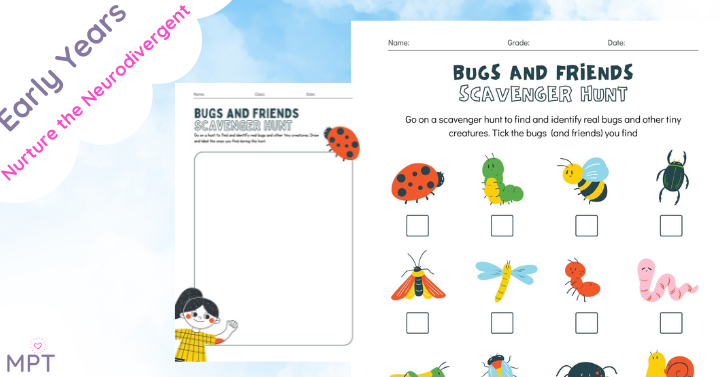
Bug Outdoor Learning Scavenger Sheet
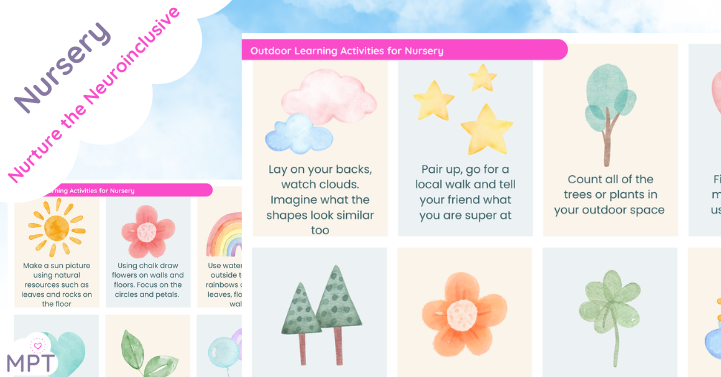
Outdoor Learning Activities for Nursery – Resource Pack
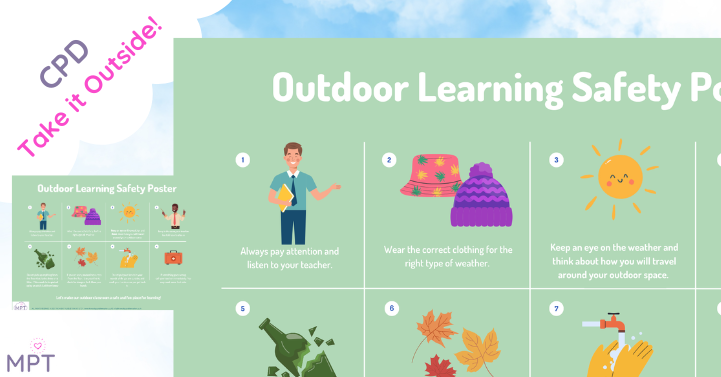
Outdoor Learning Safety Poster

Outdoor Learning Risk Assessments: (Handout)
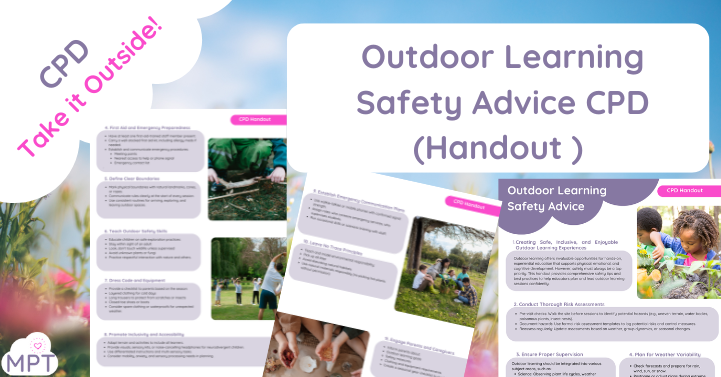
Outdoor Learning Safety Advice (CPD Handout)
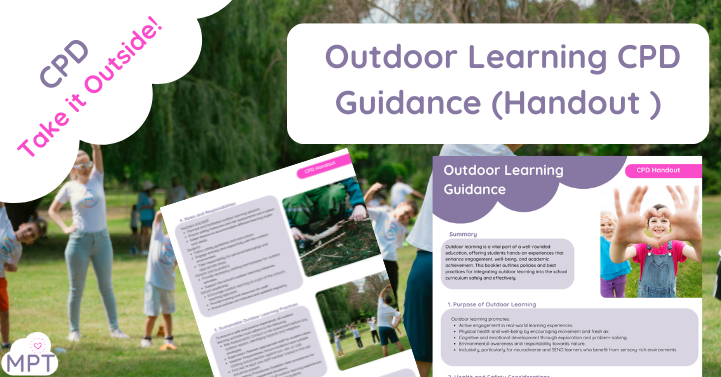
Outdoor Learning CPD Guidance (Handout )
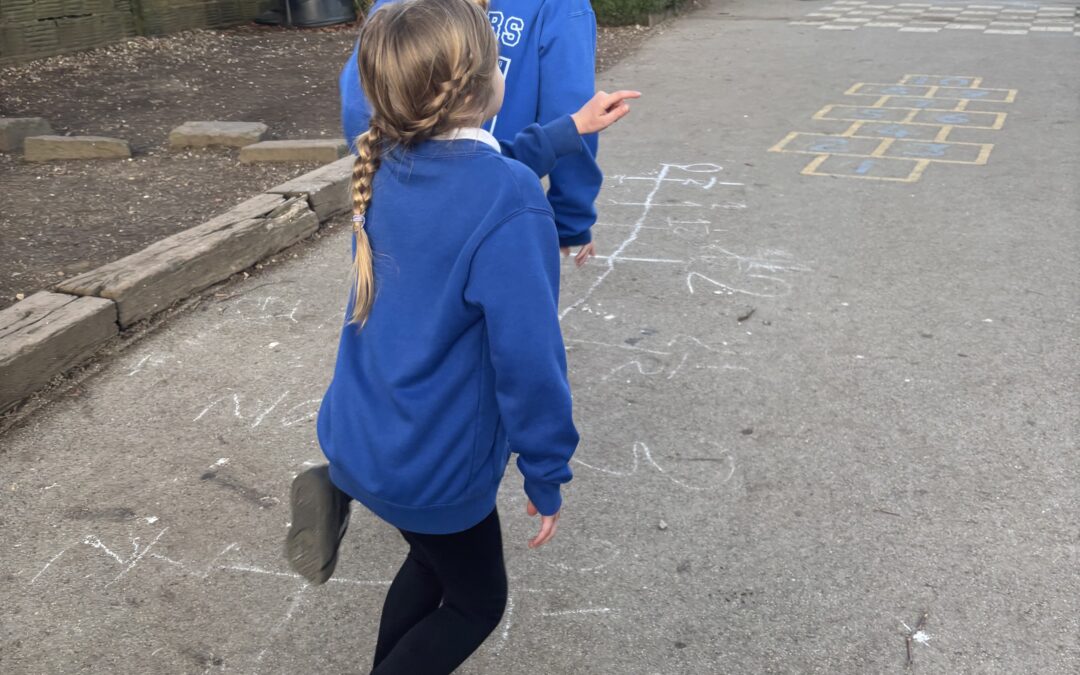
Outdoor Learning Ideas for Schools: Engaging Ways to Teach Outside
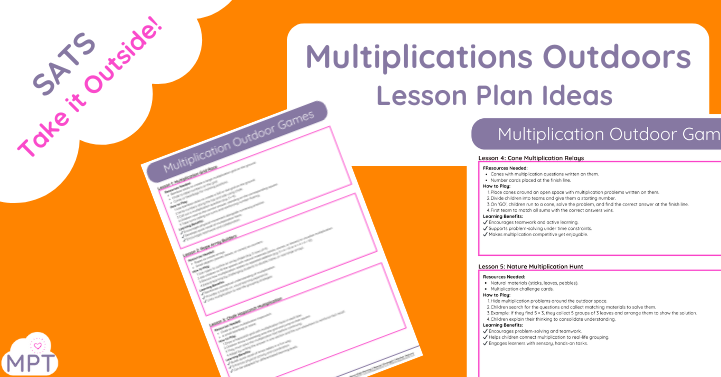
Outdoor Multiplication Lesson Plans

World War One Lesson Plan





